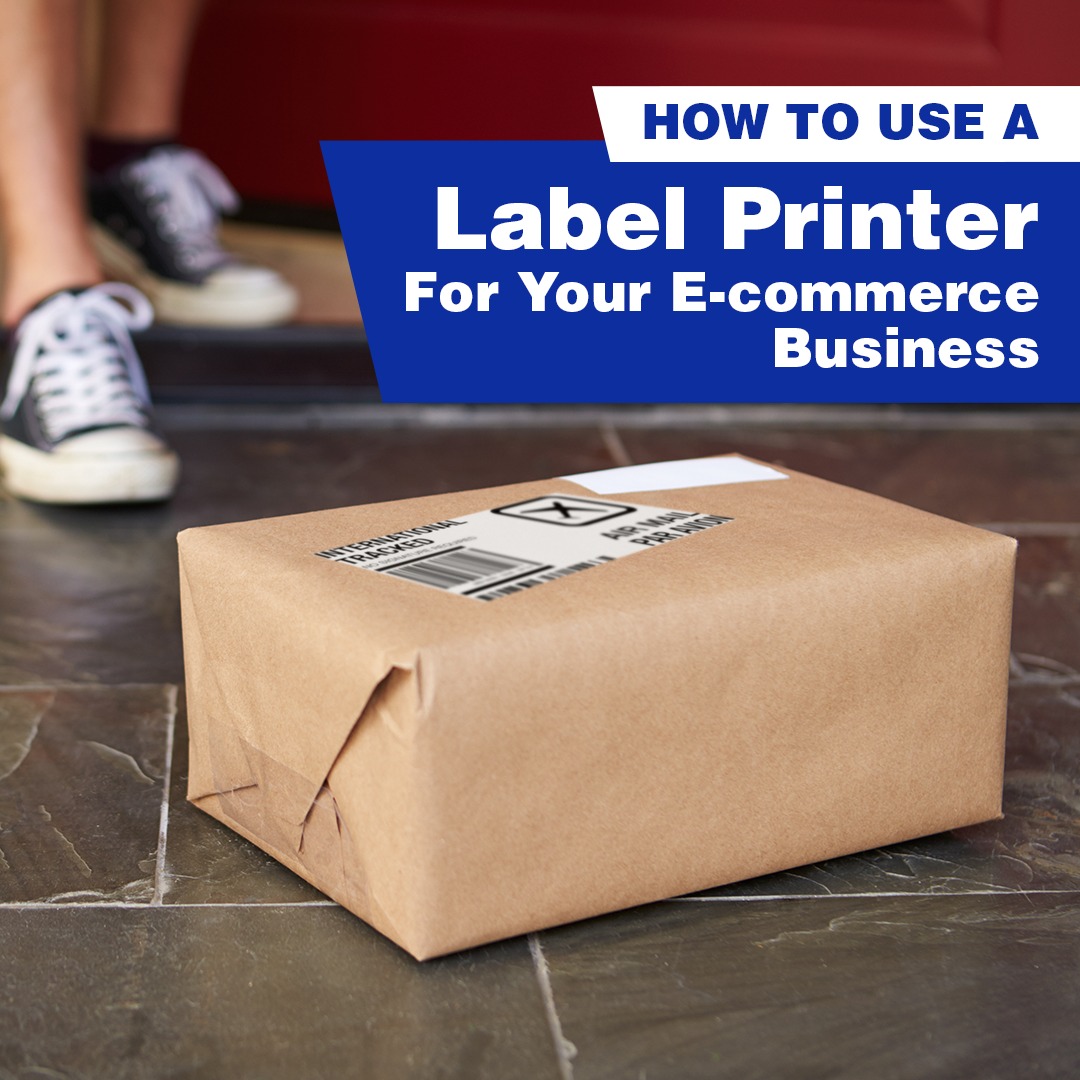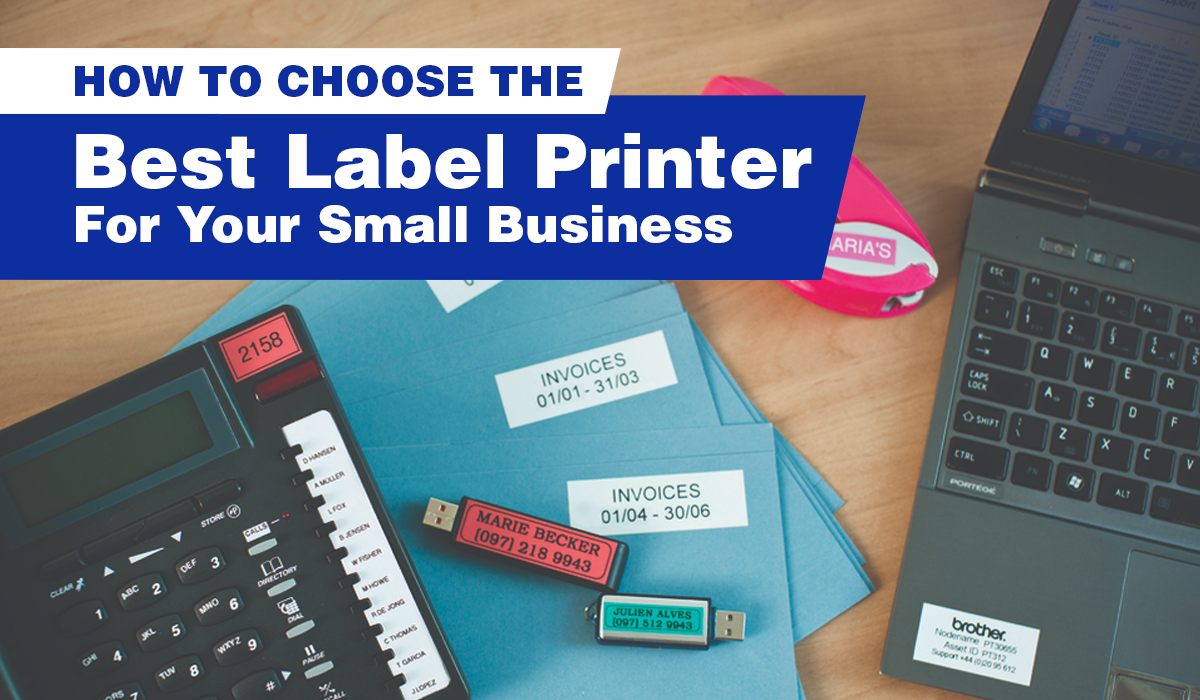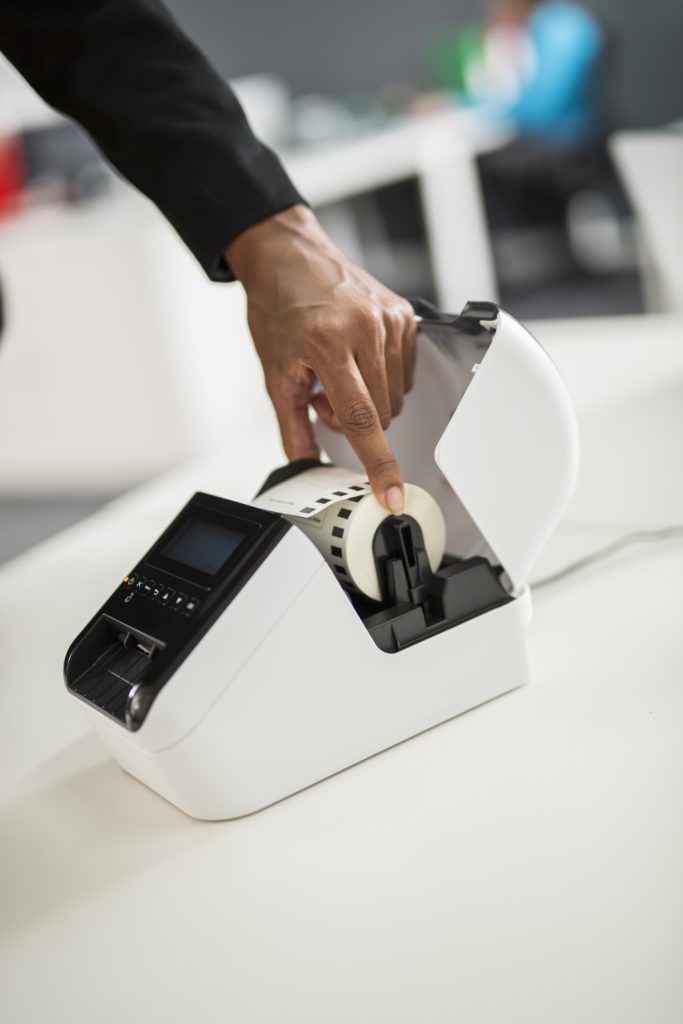Spending Too Much Time Writing Labels? These Label Printers Will Help
Need to print labels for your online business? Keen to learn how you should print labels that portray your e-commerce brand in a professional manner?
You will probably need a good label printer to keep things running efficiently if you run an e-commerce store and ship more than two to three orders a day.
Whether your store is on Amazon, Lazada, Shopee, or Etsy, you will need a way to easily keep track of inventory and be able to ship the right items out on time. A label printer can help you do just that.
In this article, we cover some of the benefits of having a label printer and the types of label printers best suited to your small business needs.
Whether your store is on Amazon, Lazada, Shopee, or Etsy, you will need a way to easily keep track of inventory and be able to ship the right items out on time. A label printer can help you do just that.
In this article, we cover some of the benefits of having a label printer and the types of label printers best suited to your small business needs.
Why You Need a Label Printer for Your E-commerce Business
Here are some of the main benefits of having a label printer for your online store.
1. They help you to manage your store inventory and shipping
Label printers help small businesses to easily keep track of stock and access key product information. With a scan of a barcode, you will be able to access the relevant product information such as stock quantity, price, dimension, colour, and other variables.
Poor quality labels could result in negative customer experiences and even impact your bottom line. If the addresses on your shipping labels are not printed correctly, or if the barcodes are not legible, your carrier may face a problem in processing your order. The end result is that your customer’s goods may not get shipped and delivered, resulting in delays and customer complaints.
2. They are more professional compared to manual labels
Like many small home-based businesses, you may have started out your business by manually writing your labels. While this may be possible for a small start-up, it can get time consuming when your business starts to scale-up.
That’s not all. While charming, your handwritten labels may get smudged during transit. This prevents you from getting your product to your customer on time—or worse, gives your customer a poor impression of your brand!
Compared to handwritten labels, professionally printed shipping labels look more credible and are less likely to tear during transit.
3. They keep your small office or stockroom organised
Do you enjoy having an organised stockroom or spending hours on end looking for items? A properly organised and clearly labelled stockroom could translate to greater efficiency and time savings, especially if you are thinking of hiring help in the near future!
Keeping things organised can also be a major time-saver, especially when your small business starts to expand and your number of Stock Keeping Units (SKUs) start multiplying.

How To Print Shipping Labels?
There are two main options when it comes to printing your shipping labels: printing them with a standard laser or inkjet printer, or a thermal label printer. Let us look at the pros and cons of both printing options.
Printing labels using a laser or inkjet printer
Laser and inkjet printers can produce high quality labels if you buy the right label sheets. They also allow you to print labels of many different sizes and dimensions.
However, this may be costly if you need to mass produce labels on a regular basis due to the higher cost of label sheets and cartridges relative to other options.
Printing labels using specialised label printers
Professional label printers, on the other hand, are specially designed for label printing. The beauty of using such label printers is that you don’t need to worry about extra supplies like ink or toner.
Some of these labellers also come in nifty, portable versions which can help greatly when you need to move about and print shipping labels on-the-go. These come in really useful when your SKUs increase, and you need to process your goods and ship them Just-In-Time. Some of these label printers also allow you to print directly from your phone or other mobile devices.
Types of Label Printer
When it comes to specialised label printers for small businesses, Brother offers both thermal label printers and laminated label printers. What are the main differences between these printing technologies and which would suit your business better?
1. Direct Thermal Label Maker
If your online business requires labels for barcodes, address labels, shipping labels, and food packaging, the direct thermal label maker may be your best bet.
Thermal printing uses heat-sensitive label stock and directly burns text and shapes onto the label itself.
The main advantage of using thermal printed labels is that they are easy to use and are more accurate. However, do note that they should not be exposed for long periods of time to heat or direct sunlight as the material will darken over time.
The Brother QL-800 Label Printer is a popular label printer in Singapore that utilises thermal printing technology. It has a fast printing speed of 93 labels per minute, and also offers black and red printing at a high print resolution of 300 x 600dpi.
2. Laminated Label Printer
If you carry a significant amount of stock and need to pay attention to your backend assets such as labelling your shelves, office equipment and files, the laminated label printer may be more suitable.
Laminated labels are water and fade-resistant and can withstand a harsher environment such as abrasion, heat or cold.
The Brother PT-D600 Label Printer is ideal for clear and durable workplace labelling up to 24 mm wide. Its compact and sleek design ensures that it fits at any office workstation. It is perfect for the organisation of workspaces, clear identification of equipment, assets and filing, as well as creation of basic instructional or warning notices.
Conclusion
Getting the best label printer for your e-commerce business could be the best solution to achieving a smooth-running logistics and delivery process. Creating a reliable end-to-end system would make a world of difference — for your customers and yourself.




